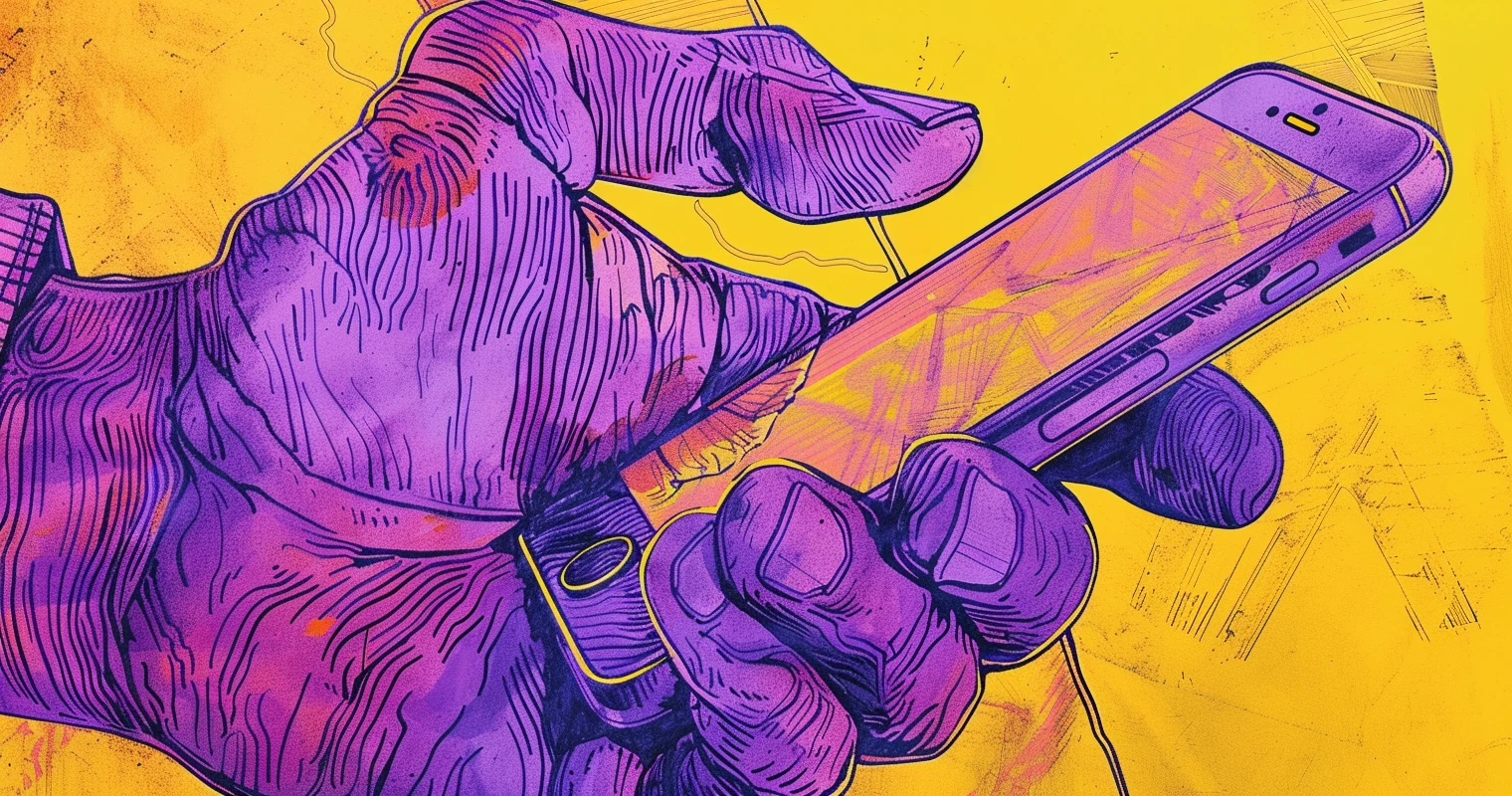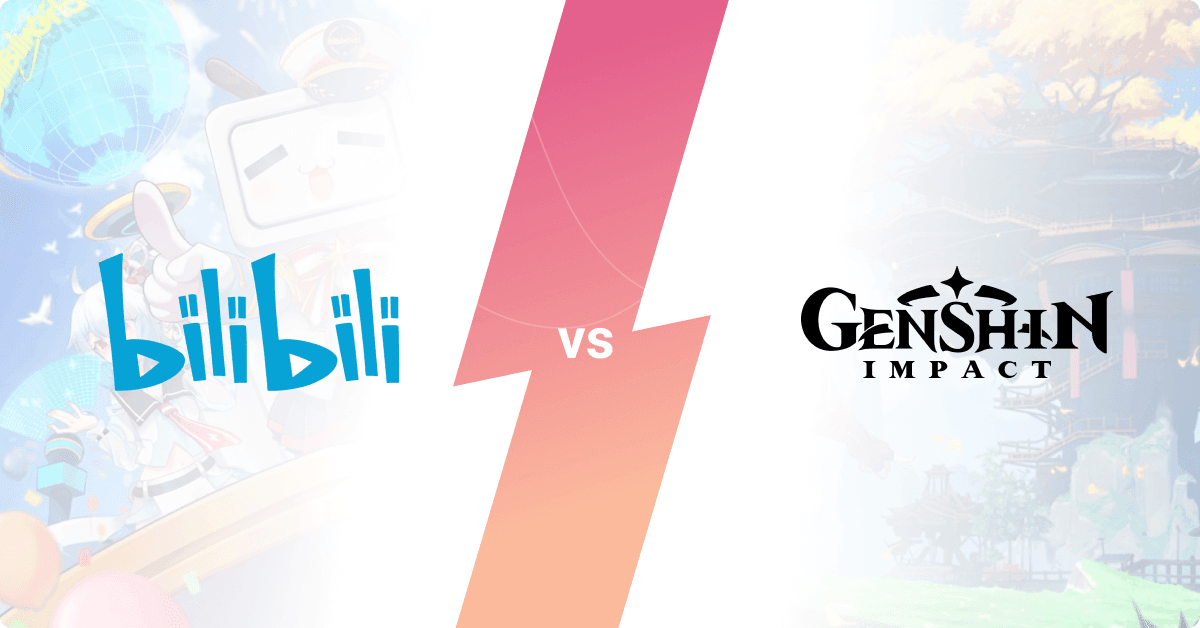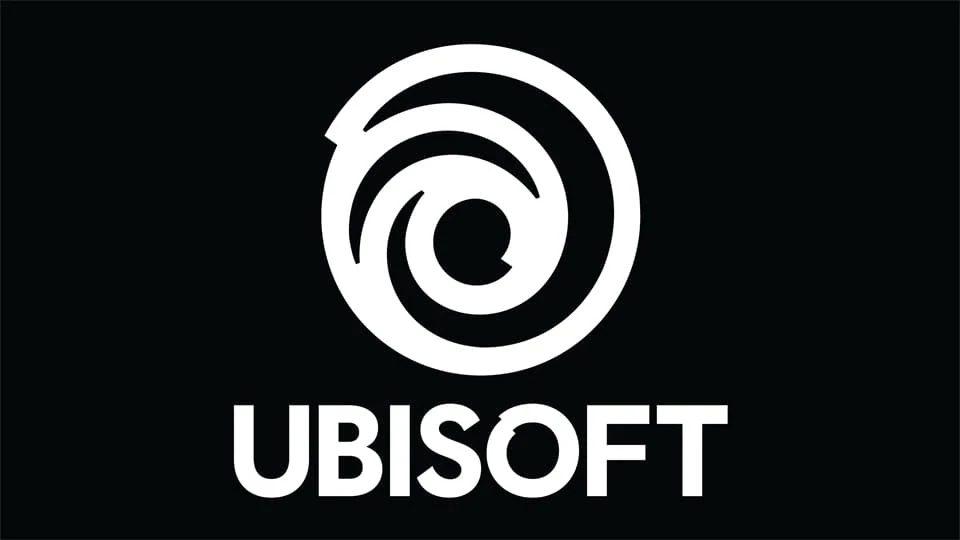Getting people to download your app or game is only half the battle. The real challenge? Keeping them active. If you’re in the mobile app or game industry, you’ve probably asked yourself at some point: How to increase monthly active users—and keep them coming back?
It’s a common question, and a super important one.
Monthly active users (MAUs) are a solid indicator of your app’s health, along with daily active users. This metric tells you who’s still around, who’s engaging, and who’s likely to spend. But if your MAU numbers are stalling—or worse, shrinking—you’re not alone. Even the biggest studios deal with churn.
The good news? There are proven strategies to increase monthly active users without throwing your entire budget into ads or praying for a viral moment.
In this guide, I’ll walk you through 10 smart, practical ways to boost your MAUs. These are tactics used by some of the top games and apps on the market—no fluff, just stuff that works.
Let’s get into it.
1. Make Onboarding So Easy a Goldfish Could Do It
You only get one shot at a first impression. If your app or game is confusing from the jump, people will bounce—fast. That’s why a smooth, friction-free onboarding experience is the first step to increasing monthly active users.
Think about it like this: the moment someone opens your app, they should immediately understand two things—what this is all about and why it’s worth their time.
Here’s what works:
- Keep it short. Nobody wants a 5-minute tutorial. If you can’t explain the core mechanic or value prop in under 60 seconds, it’s too much.
- Show, don’t tell. Use interactive elements instead of walls of text. People remember actions more than instructions.
- Let them play early. For games especially, get them into gameplay ASAP. Delay = drop-off.
According to Localytics (2024), apps with an optimized onboarding process see up to 50% higher retention in the first week. That directly impacts your MAUs.
One last thing—test your onboarding with fresh users regularly. What seems obvious to you might be a total mystery to someone new.
2. Send Push Notifications People Actually Want
Push notifications can be your best friend—or your biggest mistake. Done right, they’re a powerful way to increase monthly active users by nudging people back into your app. Done wrong, they’re an easy way to get muted (or worse, uninstalled).
The key? Make them personal and useful.
People don’t want generic “Come back!” messages. But they will respond to something that feels timely or relevant.
For example:
- “Your daily reward is waiting 💎”
- “Your energy is full—time to finish that level!”
- “We’ve got a surprise for you 🎁 Log in before midnight.”
What makes these work? They’re clear, short, and tied to real in-app benefits.
Timing matters too. Don’t spam. One or two well-placed notifications per day is plenty. And don’t forget time zones—no one wants a buzz at 3 AM.
According to Airship’s 2024 Mobile Engagement Benchmark Report, personalized push notifications increase open rates by 45% compared to generic ones. That’s a huge opportunity to bring people back and boost your MAUs.
3. Keep Things Fresh with Regular Updates and Events
Here’s the truth: if nothing new ever happens in your app or game, people are going to lose interest. Fast. One of the best ways to increase monthly active users is by giving them a reason to come back—again and again.
That’s where regular content updates and LiveOps come in.
This could be:
- New levels or challenges every week
- Seasonal events tied to real-world holidays (like Halloween or Chinese New Year)
- Limited-time characters, items, or skins
- Mini-games, bonus rounds, or community competitions
Think of it like a TV show. You want users checking in regularly to see what’s new.
Games like Clash Royale, Subway Surfers, and AFK Arena have done this for years—and it’s a big reason they stay at the top of the charts. Even casual games with small teams can benefit from something as simple as a weekly challenge or a monthly leaderboard reset.
Bonus: these updates also give you fresh material for push notifications, social posts, and re-engagement ads.
Keeping content fresh not only brings users back—it reminds them your app is alive and worth sticking with.
4. Turn Users Into Recruiters with Referral Incentives
One of the smartest (and cheapest) ways to increase monthly active users is by letting your current users do the heavy lifting.
That’s right—referrals still work, especially when there’s a reward involved.
Think about what would make someone say, “Hey, you’ve gotta try this app.” Then build a system that gives them a little extra for spreading the word.
For example:
- “Get 100 coins when a friend joins.”
- “Invite 3 friends, unlock a special item.”
- “Both of you get a free boost when they sign up.”
These don’t have to be huge rewards—just meaningful enough to make it worth their time. And they work great for both apps and games.
This strategy taps into something really powerful: social proof. People trust their friends way more than ads. And when someone joins through a friend’s invite, they’re more likely to stick around.
Just look at what happened with Dropbox. Their referral program helped them grow 3900% in just 15 months (ReferralCandy, 2024). And while that’s a SaaS example, the same logic applies to mobile apps and games.
If you’re not running a referral campaign yet, you’re leaving MAUs on the table.
5. Use Daily Rewards and Rewarded Video Ads to Build Habits
If you want to increase monthly active users, you need to make your app a habit.
One of the best ways to do that?
Reward people just for showing up.
Daily login rewards are simple, but super effective. Show up today, get a small prize. Show up tomorrow, get a little more. By day seven? Boom—big reward. That feeling of progress keeps people coming back.
Now add rewarded video ads into the mix, and it gets even better. These are the “watch this 30-second ad and get a free spin” type of deals. People choose to watch them, and they feel in control.
Why this combo works:
- It creates a reason to open the app every day.
- It adds value without asking for money.
- It turns ads into something users actually want.
IronSource reported that daily rewards can increase retention by up to 30%, and rewarded video ads are the #1 monetization method for free-to-play games (ironSource, 2024).
You’re keeping users active and earning revenue. Win-win.
6. Re-Engage Smarter with Deep Linking
Ever clicked a link that opened an app and dropped you right where you wanted to go? That’s deep linking—and it’s a killer move for increasing monthly active users.
Here’s why it works so well.
Let’s say a user hasn’t opened your app in a few weeks. Instead of sending them a generic “Come back!” message, you show them a personalized ad or email that says:
“Your daily reward is waiting. Tap to claim it now.”
They tap the link, and boom—they land directly on the reward screen inside the app. No login. No hunting around. Just instant gratification.
This feels seamless to the user, but behind the scenes, it’s smart targeting. You’re skipping friction and taking people exactly where they want to be.
Deep linking works great with push notifications, retargeting ads, SMS campaigns, and even social media promos.
It’s especially effective for:
- Win-back campaigns for churned users
- Promoting time-sensitive content or events
- Getting users to re-engage with specific features
And when the experience is this smooth, users are more likely to return again—and stay active longer.
7. Gamify the Experience to Keep Users Coming Back
People love progress. It’s wired into our brains. That’s why gamification works so well—it taps into that drive to win, complete goals, and collect cool stuff.
You don’t need to build an actual game to gamify your app. You just need to add elements that make it feel like a game.
Think:
- Levels or XP systems
- Daily missions or streaks
- Unlockables, badges, or virtual trophies
- Leaderboards or friendly competition
This stuff works because it gives users something to strive for. Every action they take in your app—whether it’s logging in, completing a task, or hitting a milestone—feels meaningful.
Apps like Duolingo, Nike Run Club, and MyFitnessPal use gamification to get people to stick with their goals. And it’s not just for fitness or learning—mobile games thrive on this. Even casual titles see big bumps in retention when they add something as simple as a level-up animation or a “goal complete” badge.
According to StriveCloud, gamification can boost user engagement by up to 47% (StriveCloud, 2024). That’s a direct line to more monthly active users.
If you haven’t added any game-like features yet, start small. Even one well-designed progress bar can make a big difference.
8. Boost Visibility with App Store Optimization (ASO)
If people can’t find your app, they can’t use it. Simple as that.
App Store Optimization (ASO) is all about making sure your app shows up in search results, gets clicks, and drives more installs. And more installs? That’s more potential monthly active users.
Here’s how to make ASO work for you:
Start with your title and keywords.
Use terms people are actually searching for—like “habit tracker,” “budget planner,” or “idle RPG.” ASO tools like Sensor Tower or Mobile Action can help you find the right ones. Don’t guess.
Next, polish your visuals.
Your app icon, screenshots, and preview video all need to pop. Show what makes your app fun, useful, or unique. Think of this like your app’s storefront—first impressions really matter.
Update often.
Even small changes—like seasonal icons or new keywords—can boost your rankings. Apps that update regularly tend to perform better in the algorithm, too.
Use reviews and ratings.
Encourage happy users to leave feedback. A flood of recent 5-star reviews can improve your visibility and make people more likely to download.
Apps that invest in ASO can see up to 30% more organic installs (Sensor Tower, 2024). And those installs are more likely to turn into long-term users—especially if your onboarding and retention systems are solid (like we talked about earlier).
9. Drive More MAUs with Cross-Promotions
Cross-promotion is one of those underrated tactics that can bring in a lot of extra users—especially if you’ve got multiple apps or strong partnerships.
Here’s how it works.
You promote one of your apps inside another app. Maybe it’s a banner, a pop-up at the end of a session, or a reward offer like “Try this other game and get 500 coins.” It feels natural because it’s coming from a familiar place, and the trust is already there.
This strategy shines if:
- You have more than one app or game in your portfolio
- You partner with another developer or studio with a similar audience
- You’re launching a new title and want to bring your existing users over
What makes cross-promos so effective is that you’re reaching people who already engage with apps like yours. The context is perfect. And since you’re not relying on third-party ad networks, you’re also keeping costs low.
At Udonis, we’ve seen cross-promotions drive thousands of MAUs for our partners—especially when they tie into special events or shared themes between games.
Just make sure the experience is smooth. Use deep linking (remember #6?) to drop users right into the action. And track everything so you know what’s working.
10. Bring Back Lost Users with Smart Retargeting
Not everyone who installs your app is going to stick around forever. But that doesn’t mean they’re gone for good. With smart retargeting, you can win them back—and turn them into active users again.
It works like this:
You track user behavior inside your app. Then, when someone drops off—maybe they stopped playing after level 3 or bailed before completing a tutorial—you serve them a targeted ad that speaks directly to what they missed.
Examples that work:
- “You left coins unclaimed—tap to collect 💰”
- “A new challenge is waiting for you!”
- “Your progress is saved—pick up where you left off!”
When paired with deep linking (like we covered in #6), these ads can drop users straight into the action. No friction, just re-engagement.
The best part?
It’s way cheaper to bring back a lapsed user than to get a brand-new one. Adjust reported that retargeting can boost app revenue by up to 50%—and it often costs a fraction of user acquisition campaigns.
Use platforms like Facebook Ads, Google UAC, or even TikTok to reach your churned users wherever they hang out. And if you personalize the message based on their in-app behavior, you’ll see way better results.
Don’t let churned users stay lost. They’re already familiar with your app—sometimes, all it takes is the right nudge to get them back.
Final Thoughts: Small Changes, Big Impact
If your goal is to increase monthly active users, you don’t need to reinvent the wheel. Most of the time, it’s about making small, smart improvements—tweaking your onboarding, updating your content regularly, or setting up a simple referral system.
All ten of these strategies are things you can start testing today. Not all of them will be a perfect fit for every app or game, but even one or two can make a real difference in how often people come back.
Monthly active users aren’t just a vanity metric—they tell you how healthy your app really is. If you can get more users to stick around, everything else—revenue, retention, word of mouth—gets easier.
Ready to Boost Your MAUs?
Start by picking one of the strategies above and give it a real shot. See what works, keep what sticks, and build from there.
And if you want help growing your app or game, that’s exactly what we do at Udonis. Just say hey—we’re always happy to chat. ✌️







Comments